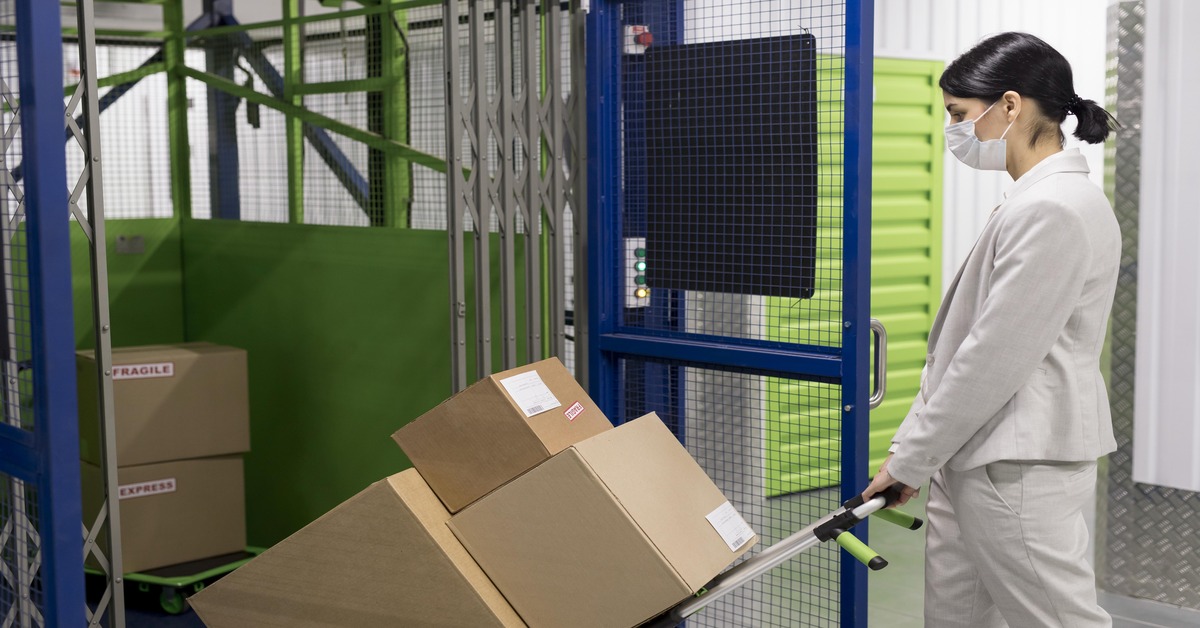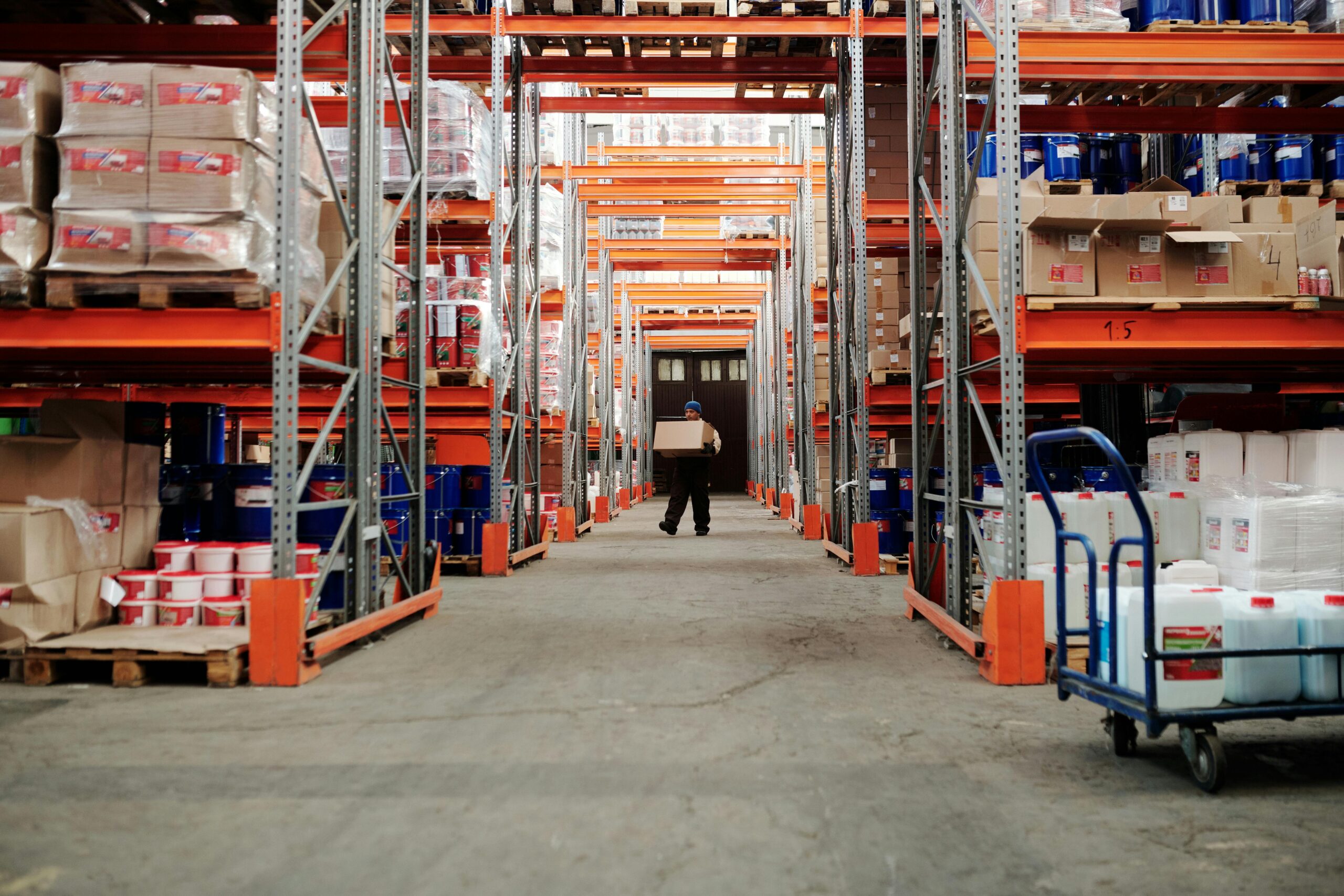Table of Contents
Effective labeling not only helps in identifying items quickly but also ensures that they are packed and unpacked with ease. Whether you’re preparing for a move, organizing items for storage, or packing for a trip, these labeling steps will make a significant difference in how you approach packing. Packing labels does not have to be overwhelming. With the right labeling tricks, it can be downright enjoyable!
In this article, we’re diving into four super simple yet incredibly effective packing label steps. These steps will not only save you time but also ensure that your packing is organized and stress-free. Whether you’re packing for a move, a trip, or just reorganizing your space, these labeling techniques will be your new best friend.
Get ready to learn how to categorize your items like a pro, create clear labels for your boxes, prioritize what’s most important, and even create an inventory for easy tracking. Say goodbye to the packing chaos and hello to a smoother, more enjoyable packing experience!
Importance of Packing Labels
Packing labels play a crucial role in organization, efficiency, and convenience during various tasks such as moving, storage, or shipping. They provide vital information about the contents of boxes or packages, making it easy to identify items quickly without having to open each container. This saves time, reduces the risk of damage or loss, and streamlines the unpacking process.
Additionally, packing labels help in categorizing items, prioritizing handling, and maintaining inventory accuracy. Overall, the importance of packing labels lies in their ability to simplify tasks, enhance organization, and ensure a smooth and structured workflow in various settings. Let’s check these options to make your packaging experience unforgettable –
1. Gather your labelling supplies
Elements of labelling resources include items like
- Glue
- Tag holders
- Colour markers
- Colour labels
- Masking tape
- Packing tape
2. Decide on a labelling system
Instead of using bland white paper to cut out slips and scribble labels upon, choose an appropriate labelling system. Depending on your requirement, select from one of the following two proven systems:
1. Numeric labelling system
Let’s suppose you have a box full of mountaineering gear, containing ropes, helmets, boots, etc. Conventionally, you would think that you need to write down every item that the box contains, on the paper. Listing every item in the box means that you will have to tack a long list to the box at the end. This is where the numeric system can be a saviour.
First, label the boxes numerically – i.e. 1,2,3, and so on. Then, on a single Master Sheet you write the number and against it, you write the contents of the box. For example, if box number 5 contains mountaineering gear, then, in the Master Sheet, you make an entry for both of them in a single row in separate columns.
This way, you won’t need to change labels on the box. You can simply update the contents in the Master Sheet.
2. Colour-coded labelling system
If you need a labelling system that helps you quickly find the stuff you need, this is the one.
Choose a colour for a particular set of objects. For example, green could be for gardening, pink for kid’s stuff, and yellow could be for clothes, and so on.
Once the colours are decided, use the appropriate coloured markers, tape, and labels for packing up the boxes. That means you use green masking tape, a green packing tape, and a green marker when boxing up gardening items. You can also use a green post-it and write the contents with a black marker on it.
This labelling system wins because even in an ocean of boxes, it will still be easy to find the right box once you know its colour. You don’t have to go through each box and read the white labels on them for their numbers or contents; just look at the colour.
3. Create the label
While labelling, it is important to remember the three characteristics of every label, namely:
- It should be legible
- It should be easy to edit and replace and yet the gumming should hold while undertaking intended movement.
- It should last. It should be able to withstand normal wear and tear.
To adhere to the first one, write as clearly as possible in large, easy-to-read handwriting. Use capital letters, if possible. Never use pencils or erasable markers for labelling. They can wear off quickly and defeat the purpose of labelling.
Also, be detailed while writing the contents. Instead of writing ‘paintings’ on the box, specify which paintings are in the box, in the order in which you kept them. Ideally, mention if they are of a uniform size. If not, write the size against the painting name.
No matter the labelling system you choose, you must always specify the directions for handling the contents of the box. Fragile, expensive, delicate, or sensitive items need to be handled carefully. Once boxed, your items can go through multiple hands in transit and storage. Since you cannot ask everyone to remember to be careful with specific boxes, you take the help of labels by writing ‘fragile,’ ‘this side up’ with a black/ red marker so that the information is conveyed.
4. Affix the label
Ensure that the label has stuck properly to the box from all four sides. You don’t want friction due to contact from other boxes to tear away the label. Use the tape generously.
Also remember, never to stick the label to the top of the box. If the boxes are stacked on top of another (which is highly likely), then accessing the label will become difficult. Hence, paste the label on the side.
This short, simple and complete guide to the art and science of labelling will help you move and store your household goods or business goods easily.
Final Words on Packing Labels
Packing labels are like magic spells that transform chaos into order. They are your secret weapon for staying organized, saving time, and reducing stress during packing, storage, or shipping activities. By using packing labels effectively, you can easily locate items, prevent mix-ups, and streamline the entire process from start to finish.
Imagine a world where every box is labeled clearly, making it smooth to find what you need when you need it. No more rummaging through piles of stuff or guessing what’s inside each container. With packing labels, everything is sorted, categorized, and ready to go.
So, whether you’re moving to a new home, storing items for later use, or sending packages to loved ones, remember the importance of packing labels. They’re not just stickers on boxes; they’re your best friends in the world of organization and efficiency. Happy packing!
FAQs for Packing Labels
A1. Packing labels are adhesive labels used to mark and identify packages during shipping and storage.
A2. Packing labels help ensure accurate handling, tracking, and delivery of packages while also providing essential information about contents and destination.
A3. This includes details such as the recipient’s address, sender’s address, package contents, handling instructions, and tracking numbers.
A4. Consider factors like label size, adhesive strength, durability, and compatibility with printing methods when selecting packing labels.
A5. Yes, many companies offer customizable packing labels that allow you to add logos, branding elements, specific messages, and barcode information.
A6. Yes, certain industries and shipping carriers may have regulations or standards regarding packing label requirements, such as barcoding standards or hazardous material labeling.
A7. Ensure that the surface is clean, dry, and flat before applying the label, and use firm pressure to ensure proper adhesion.
A8. It depends on the label type and condition. Some labels are designed for one-time use, while others may be removable or reusable.
A9. Common mistakes include using incorrect labels, placing labels on uneven surfaces, covering important information with labels, and not securing labels properly.
A10. Packing labels are available from various suppliers, including office supply stores, online retailers, and specialized packaging suppliers.
 Contact Us
Contact Us
Our Storage experts will get in touch with you.





